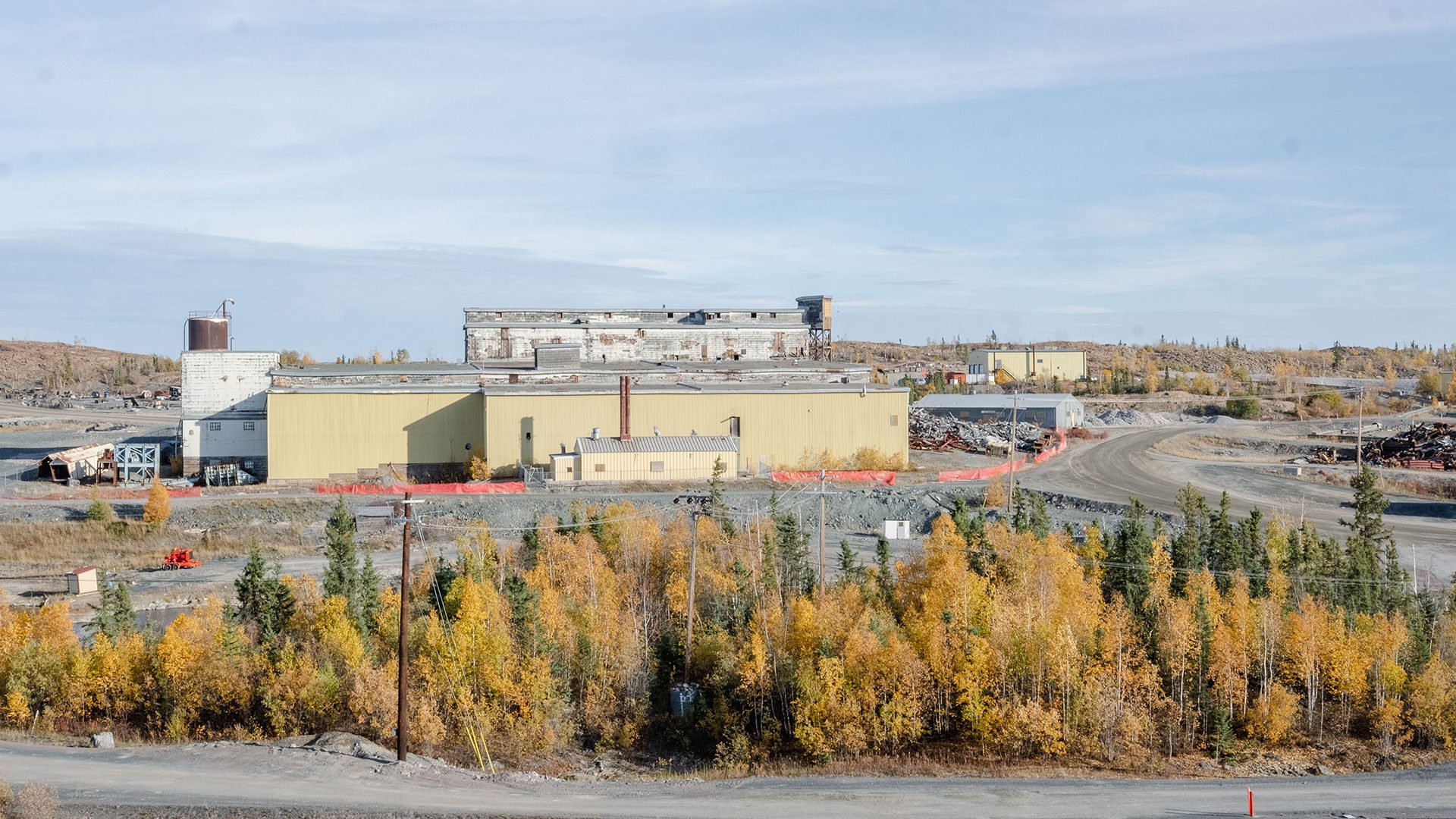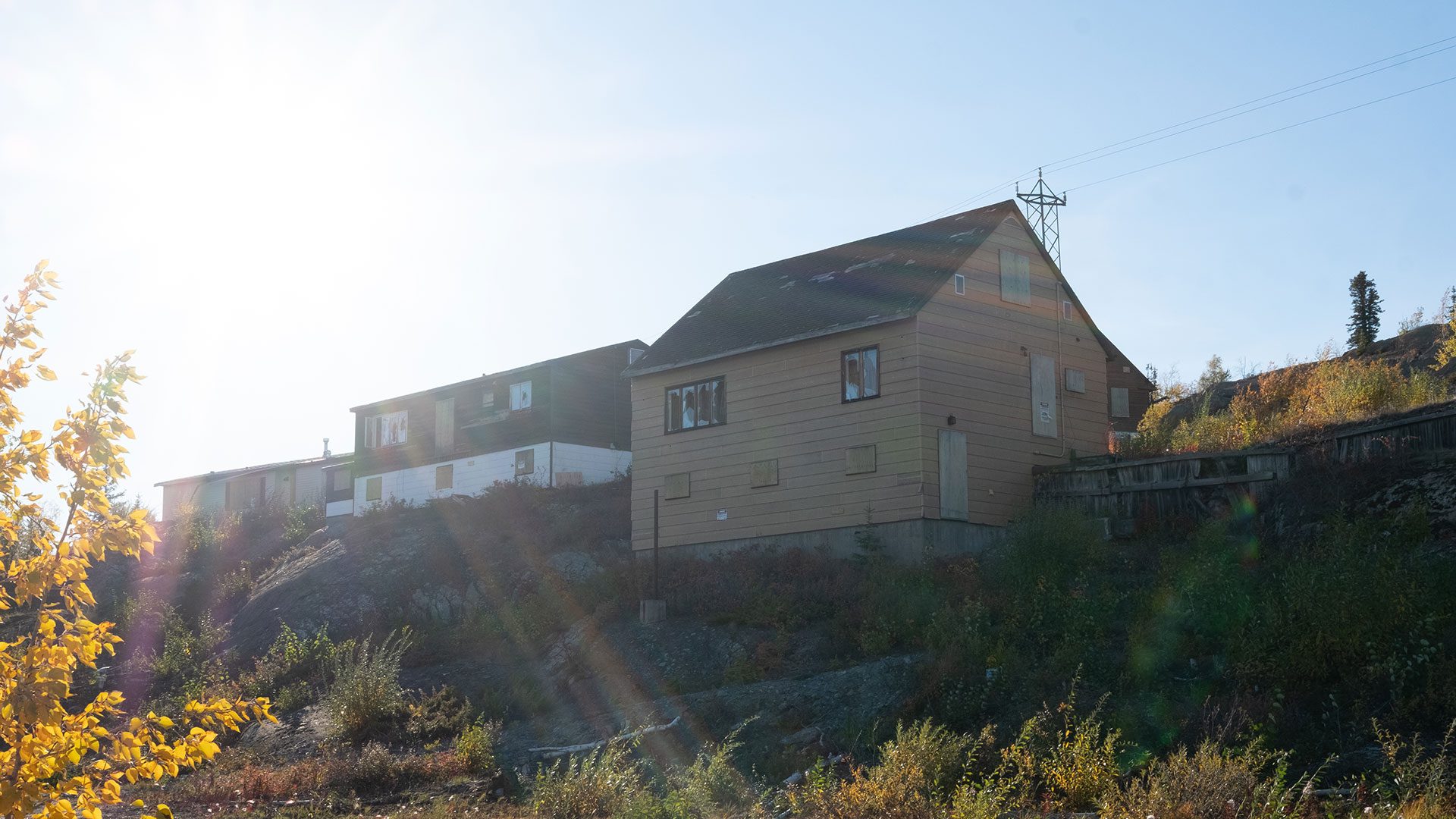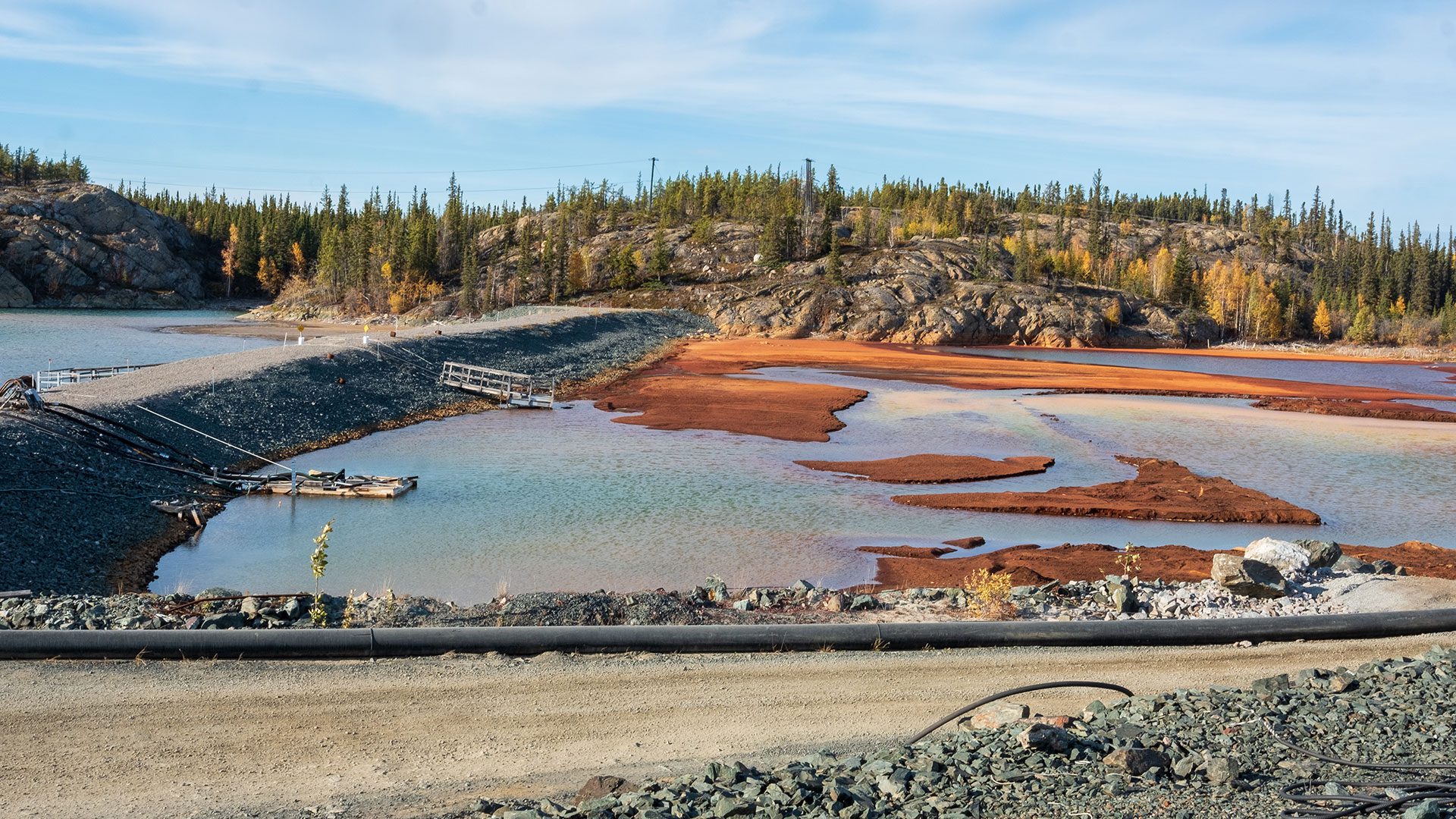The clean-up of the now defunct Giant Mine in Yellowknife is on the shoulders of the federal government and the remediation will take until 2028 – seven years longer than initially slated.
“The last budget we had was $900 million but that was prior to the environmental assessment,” said Natalie Plato, deputy director of the Giant Mine Remediation Project. “Coming out of the environmental assessment we had to make a lot of changes to the project so the scope has changed quite a bit and we’re in the process of getting our budget approvals and we should have those available in late October.”
Plato said besides taking longer – the price tag to clean up the site is also set to rises.
It is now pegged at $1-billion.
“We had to form the giant mine oversite board, we had to do a health affects monitoring program, we did extensive engagement with all our rights and stakeholders and for instance we weren’t going to fill the pits but based on stakeholder input we’re filling the pit so scope changes like that,” she said.

For decades, the mine helped drive the local economy. Many northerners have fond memories of mine-sponsored hockey teams and other contributions to life in Yellowknife.
But in 1992, it became the site of a bitter strike that culminated in the murders of nine strikebreaking miners in an underground explosion. Divisions left by the strike remain.
The mine produced a total of 220 tonnes of gold – enough for a wall two metres high, a metre wide, and six metres long – by the time its final owner, Royal Oak Mines, went bankrupt and bequeathed the site to Canadian taxpayers.
Left behind were 900 hectares with 100 buildings, including a small townsite. Many of the structures are full of asbestos. There are eight open pits and six tailings ponds.
Everywhere you look are house-sized piles of rusting pipe, derelict machinery and assorted junk.

The site is considered one of the most contaminated in Canada.
On the site now are 365 cans that hold the remains of the mine’s infamous “roaster.” It’s the machinery that heated up the rock to release the gold. In the process, it released arsenic trioxide, which rock in the area naturally contains, into the air during the 1950s.
Eventually, these cans will be dumped into a pit, buried and frozen.
Meanwhile, 237,000 tonnes of highly toxic arsenic trioxide dust will be cooled and sealed underground.
The site’s buildings also need to be dealt with.
“You’ll see the majority of the buildings, all but one building are the original buildings, so they will all be taken down and placed in the non-hazardous landfill when we’re done,” said Plato.
“The townsite houses were very full of asbestos so that work has begun as well as we’ve added a few other buildings into that package, one being the administration building across the way.”
Read More:
Yellowknives Dene demand Ottawa make good on ‘giant mine monster’
Oversight board tells Ottawa to apologize, compensate Dene for Giant Mine debacle
The site’s future, if it has one, remains in doubt. Local residents and the First Nations to whom the land originally belonged don’t know how they’ll live in perpetuity beside a mess that’s too big to clean up.
Fred Sangris, chief of the Yellowknives Dene, said his people increasingly refer to the mine as an underground monster that has killed the land where they used to hunt, fish and pick berries.
“That whole piece of land is lost. It’s dead. It is sad,’’ he said.
Arsenic is highly soluble. On its own, it would likely leach into groundwater and enter the bordering Great Slave Lake.
Years of study and debate ended in 2014 with the conclusion that it was too dangerous, difficult, and expensive to remove the arsenic. Instead, it is to be protected by 858 thermosiphons keeping the rock at a steady -5 C and freezing in place any water moving through the area.
Water currently seeping into the mine below the frozen block will be pumped out, treated to drinking water quality, then released.
This will go on for at least 100 years unless science finds an alternative. If not, it will go on forever.
Nobody is that happy about it.
“How long is forever?” asked Sangris, who wanted the arsenic removed and disposed of at a waste disposal site in Alberta. “It’s a Band-Aid solution. It’s not a real solution.
“Canada put this dangerous plant on our doorstep and we’re not comfortable with it. They want to put it to rest the cheapest way possible.”

The Yellowknives are negotiating with Ottawa over a compensation package for loss of use of the land as well as apology for how it was taken from them in the first place.
Plato is cautious about promises. She said the project has committed to restoring the old townsite to residential standards and the rest to industrial criteria.
There will be exceptions. Areas, where thermosiphons sink into the arsenic chambers, will remain fenced and off limits. The development will be restricted over the old underground pits.
“You wouldn’t build a skyscraper on a pit. There will be some limitations.”
For now, northerners just want to ensure they get the jobs.
Federal officials say about $648 million in contracts have already been issued, with $313 million of that going to Indigenous companies.
About 80 people are now on the site. When the work peaks in 2031, about 260 full-time equivalent jobs _ mostly heavy equipment operators _ are expected to be created.
The remediation will last as long as the life of many mines. It is expected to take until 2038, seven years longer than first estimated.
The budget is likely to be similarly extended. The last estimate, just shy of $1 billion, is seven years old and was made before the timeline was stretched. Taxpayers won’t learn how much cleaning up the mess will now cost them until Oct. 27, when new estimates go to the Treasury Board.
With files from the Canadian Press









